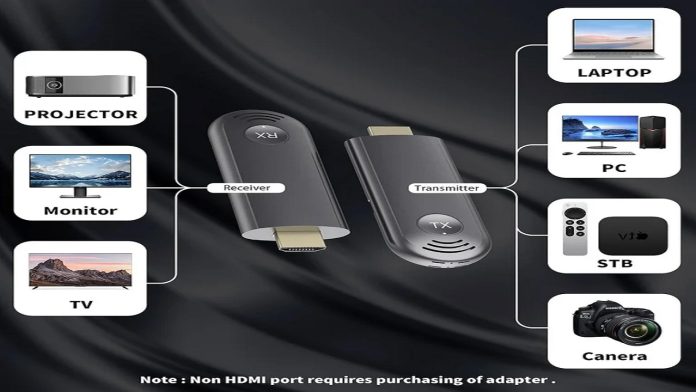As it is known, lighting is a significant factor in the process of taking beautiful pictures in photography. Today’s camera flashes have been developed to some extent and one of the most significant changes is that they have wireless receivers included in them. The following are the specific advantages of having built-in wireless receivers in today’s flashes learn more about these receivers here.
Enhanced Flexibility and Mobility
The advantage of built-in wireless receivers is flexibility, which is regarded as one of the primary advantages. In typical flash systems, many cables were used to connect the flash to the camera or other accessories. This could slow down movement and creativity during a shoot. As compared to now a photographer can position their flashes at any place within the reach of the receiver without being wired.
Simplified Setup and Operation
Wireless receivers make the process much easier to complete. The use of wireless technology implies that it is not necessary to use external transmitters and cables to connect the equipment. This aspect is especially beneficial to photographers who may be under time constraints or need to adjust during a photoshoot.
Greater Range and Reliability
In the case of modern models, the built-in wireless receivers are powerful, so flashes can be positioned at a greater distance from the camera. This extended range means that photographers can always get the best lighting conditions regardless of the size of the area or the conditions that they are in. Moreover, the built-in wireless systems are more reliable because of new technologies that have been introduced to reduce interferences and instabilities.
Compatibility with Other Gear
There is no need to buy another gear to make this gear work. Most of the modern flashes with wireless receivers are universal and can be used with various cameras and other equipment. This compatibility allows photographers to arrange complex lighting schemes, including multiple flash configurations. It also enables the photographers to use other features like HSS and TTL metering which adds to the flexibility of the photographers in the shoot.
Cost-Effective Solution
While external wireless transmitters may be additional costs, built-in wireless receivers are not extra components. This is quite beneficial to photographers who would want to work within a certain budget but at the same time would want to get the most out of their cameras. If the flash has a wireless receiver built-in, photographers can have wireless control without having to pay for the transmitters.
Improved Battery Life
Flashes of the present day that have a wireless receiver are usually designed with energy saving as one of the goals. These flashes are usually accompanied by an optimized battery consumption, and this results in a longer shooting time before the batteries are recharged. This long battery life is particularly useful during shots or events that may not allow for charging frequently.
Conclusion
Flashes are equipped with wireless receivers which can be discussed as one of the greatest innovations in the sphere of photography. They are more flexible, easier to install, have a larger coverage area, can be used with other equipment, are cheaper, and have longer battery life. For photographers who desire to enhance their lighting setups and make easier their processes, it is wise to buy a flash with a wireless receiver which will lead to enhanced and effective photos.










